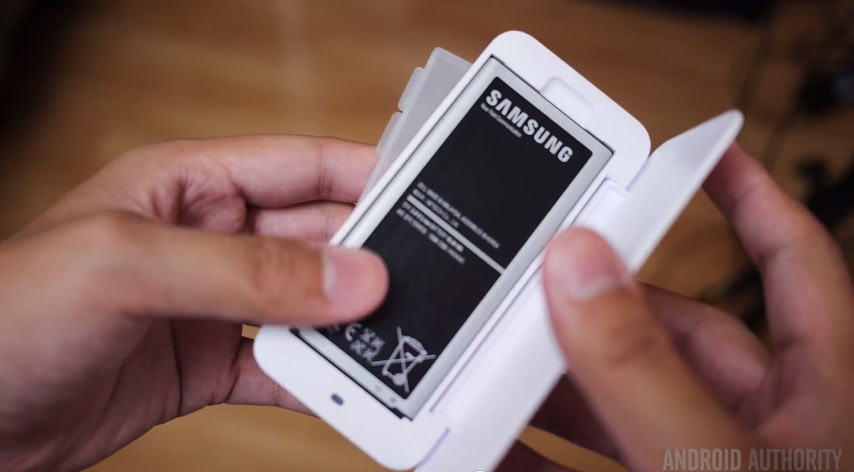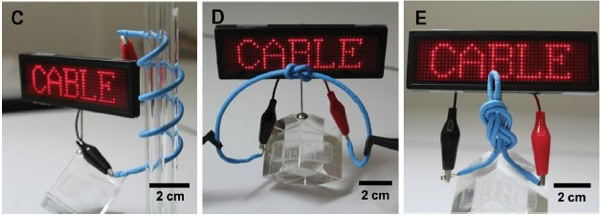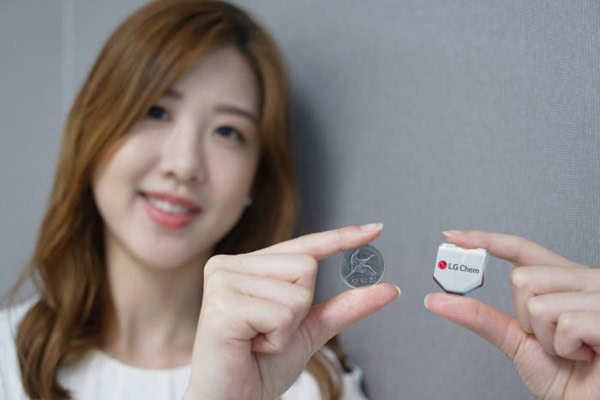Affiliate links on Android Authority may earn us a commission. Learn more.
LG and Samsung unveil new battery tech for future wearables
Published onOctober 20, 2015

LG and Samsung have been showing off a selection of new flexible battery cells designed for wearable products at an exhibition in Seoul today. Given the limited space inside wearable products and the long life time demanded from smartwatch consumers, new battery technologies are seen as a key to help drive the market forward.
Samsung SDI unveiled two new types of flexible batteries, a stripe and a band. The stripe battery is just 0.3mm thin and is built from a flexible fibre that enables the cell to bend. This cell is designed for use in very small, thin wearables, such as a necklace, hair band or bracelet. Samsung also has a band-type battery designed for smartwatches, presumably in the wrist band, that can add up to 50 additional battery capacity compared with current designs and can resist over 50,000 bends.

LG Chem showcased its own wire battery technology again at the event, which was originally shown off back in 2013. The wire battery can be bent in half without breaking. The company’s hexagonal battery for smartwatches, which was unveiled earlier in the year, was also on display. This design can potentially double the battery capacity of smartwatches by making better use of the space available inside products.

Samsung’s and LG’s battery divisions are looking to design power cells for the next generation of wearables, as shipments are expected to surpass the 100 million mark in 2020, according to Gartner. Lower performance wearables, such has fitness trackers, have actually proven more popular than expensive smartwatches, which are expected to account for 40 percent of smart wrist devices by 2016, and these thin battery technologies could enable new form factors and products in these categories.